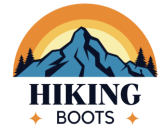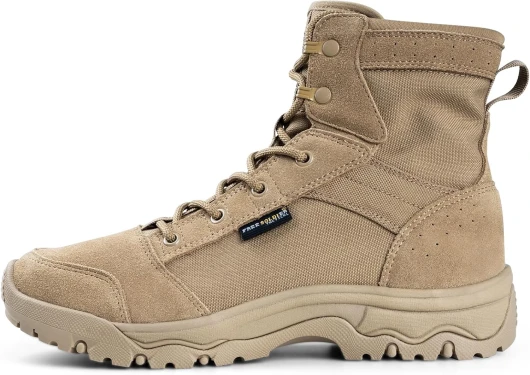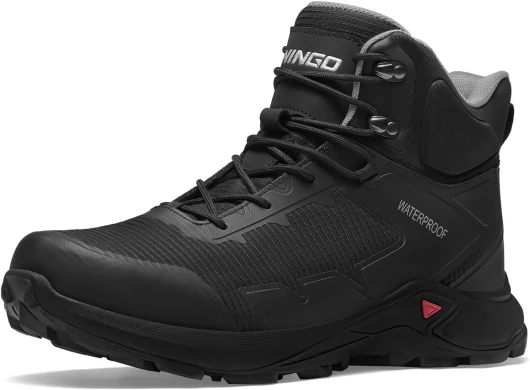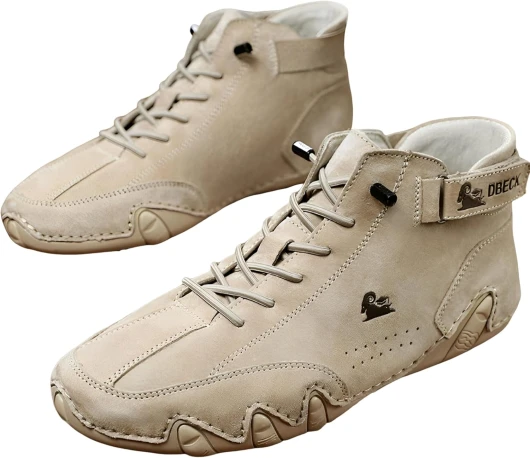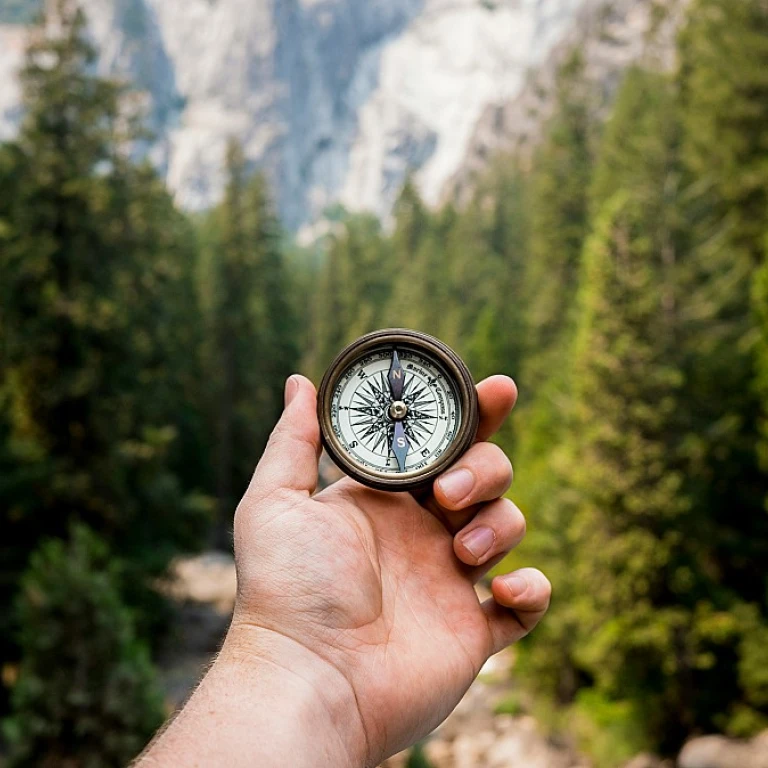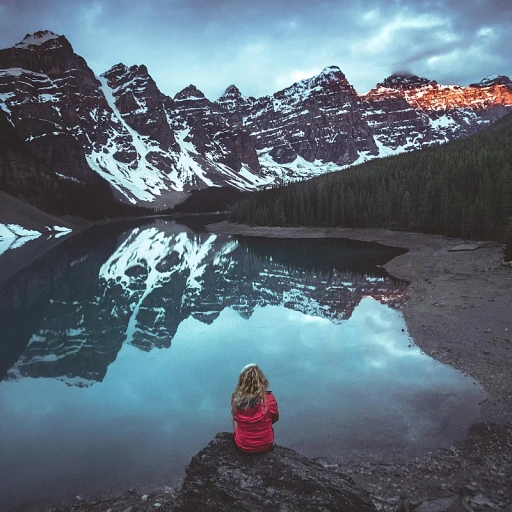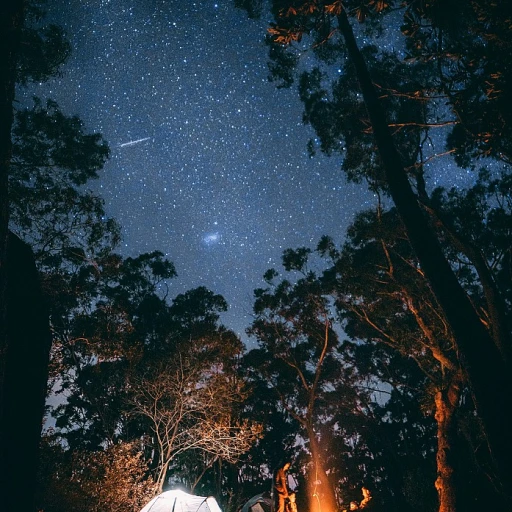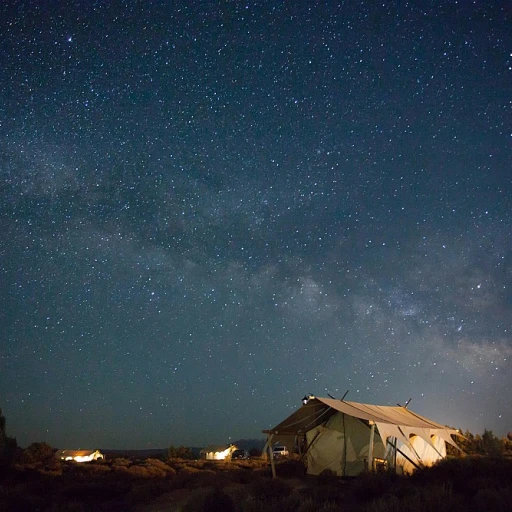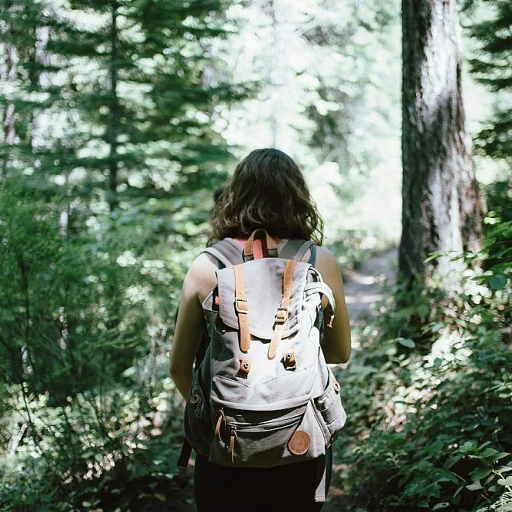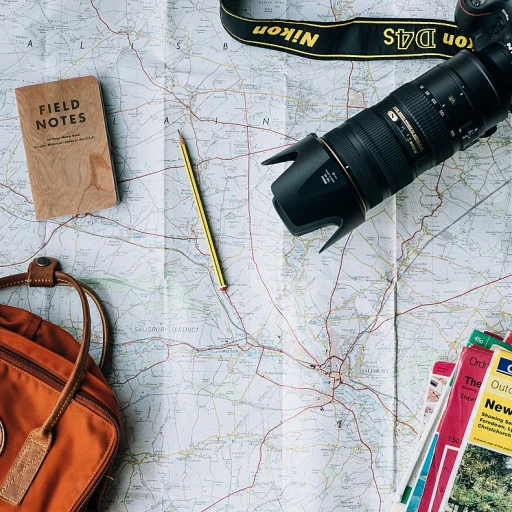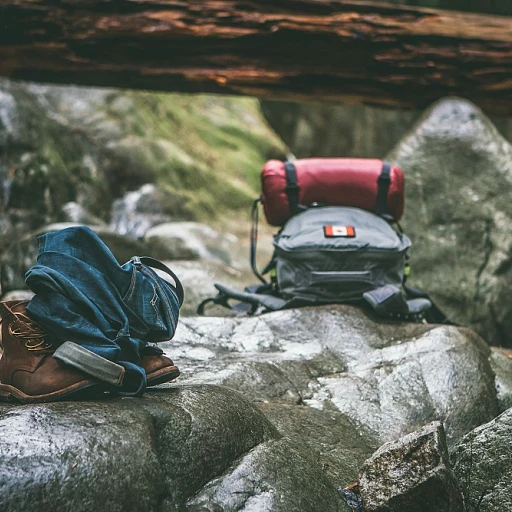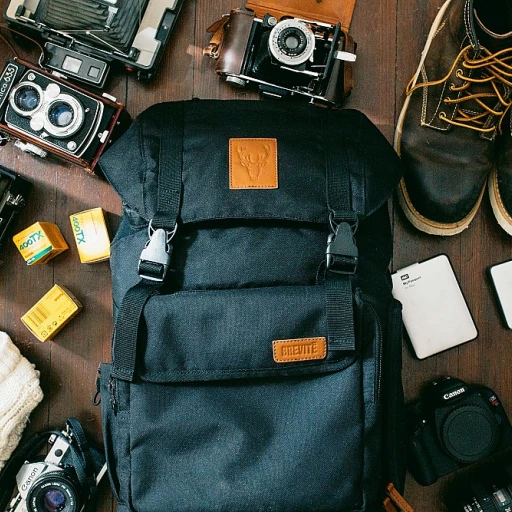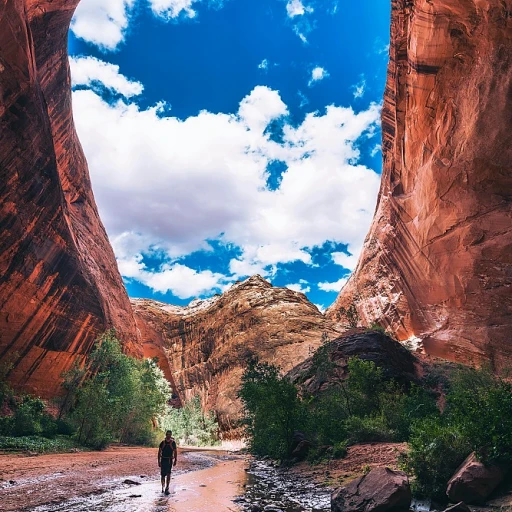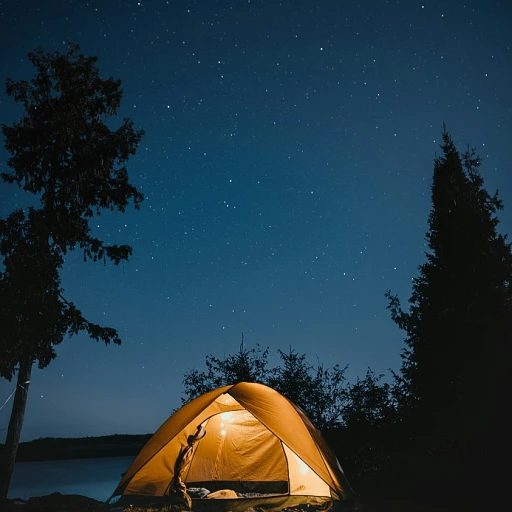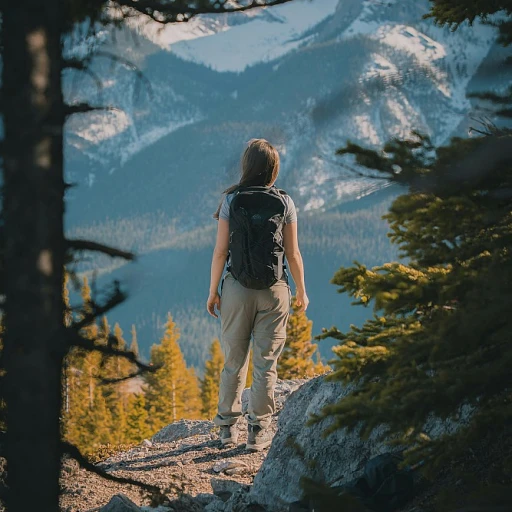
Understanding Minimalist Boots
What Are Minimalist Hiking Boots?
Minimalist hiking boots are designed to mimic the sensation of barefoot walking while providing protection against rough terrain. These boots aim to give your feet the freedom to move naturally, offering a lightweight alternative to traditional hiking footwear. Often featuring a wide toe box, these boots allow toes to spread and flex, which can enhance balance and stability.
The concept originates from the barefoot running trend, where footwear is stripped to its essentials, focusing on a natural, foot-first approach. Minimalist boots typically have a thin sole, promoting a more tactile connection with the ground, essential for outdoor enthusiasts seeking to experience their environment more fully.
Exploring the market, you will find a variety of options available, from barefoot shoes and barefoot boots to stylish choices like barefoot chukka boots and chelsea boots. These styles maintain the core philosophy of freedom, enabling each foot's natural form and function.
Minimalist boots are not a one-size-fits-all solution. The best choice depends on the intended use, whether it's a light trail walk or a more intense mountaineering expedition. Some brands even cater to specific needs, such as a wide fit for those with broader feet.
Advantages of Minimalist Boots for Outdoor Enthusiasts
The Benefits Embraced by Exploring Nature with Minimalist Footwear
Minimalist hiking boots have gained popularity among outdoor enthusiasts, transforming the way people interact with nature. The defining feature of these boots is their barefoot-like design, which offers several advantages. By opting for minimalist boots, enthusiasts can experience closer contact with the ground, enhancing their connection with the trails and terrain. This deeper connection is attributed to the natural fit of these boots, enabling the foot to move freely and naturally. The appeal of minimalist boots lies in their lightweight nature, which significantly reduces the burden on the feet during long hikes. With less weight, hikers can cover more ground without feeling fatigued. This feature is especially important for those who aim to explore new trails and explore nature without unnecessary strain. Moreover, minimalist boots boast a wide toe box, accommodating different foot shapes. This is a significant advantage for men with wide feet who have struggled to find boots that fit comfortably across traditional options. Additionally, the zero-drop sole design promotes a more natural walking posture, potentially reducing strain on the ankles and calves. In cold weather, enthusiasts can pair minimalist boots with the right accessories for a comfortable adventure. For those eager to enrich their outdoor trek while wearing these boots, exploring "Choosing the Right Alpine Boots for Your Adventure" can provide further insights on smart footwear selections. Lastly, minimalist boots cater to a variety of styles, from sleek black designs to versatile chelsea boots, allowing hikers to remain stylish both on and off the trails. The adoption of barefoot shoes and barefoot boots in these styles ensures that men and women alike can appreciate nature comfortably and fashionably.Challenges Faced by Experienced Hikers with Minimalist Boots
Overcoming Challenges: Experienced Hikers Tackling Minimalist Boots
For seasoned adventurers, transitioning to minimalist hiking boots can present a few hurdles. These barefoot shoes offer a radically different experience compared to traditional hiking footwear. Here are some common challenges faced by experienced hikers:
- Adaptation Period: The minimal design, with its wide toe box and thin sole, encourages a natural foot movement, which might feel unusual at first.
- Lack of Support: Unlike conventional hiking boots, minimalist options may lack the ankle support that some hikers are accustomed to, especially when tackling rough terrains.
- Durability Concerns: With their focus on lightweight construction, minimalist boots may wear out more quickly, particularly when frequently exposed to rocky trails.
- Comfort on Diverse Terrain: The thin sole of barefoot boots can make it challenging to walk comfortably on jagged surfaces, an aspect seasoned hikers must acclimatize to.
Despite these challenges, many experienced hikers find that the benefits, such as improved foot strength and agility, outweigh the difficulties. Through dedication and gradual adjustment, you can enjoy the streamlined advantages of these innovative barefoot boot designs.
Minimalist Boots for Mountaineers
Conquering Peaks with Minimalist Gear
For mountaineers seeking to merge the benefits of natural movement with the rugged demands of high-altitude exploration, minimalist hiking boots offer a unique perspective. These lightweight and flexible alternatives maintain the essence of natural foot movement, echoing the concept of barefoot exploration while ensuring adequate protection against harsh elements.
Minimalist boots allow adventurers to enjoy a more profound connection with the terrain by enhancing ground feel, a key feature supported by their thin and supple soles. With a wide toe box, these boots provide the flexibility and space needed for the foot to splay naturally, particularly beneficial during strenuous ascents. Brands like Xero Shoes and other best-rated barefoot shoe companies offer options that cater to wide feet, ensuring a comfortable and snug fit.
Mountaineers need to account for varying climates and challenging terrains encountered at higher elevations. Thus, selecting the right pair becomes crucial. Barefoot chukka boots or similarly styled barefoot boots with durable uppers ensure protection without sacrificing flexibility. For those used to traditional mountaineering boots, the transition to minimalist options can be gradual, pairing sessions in these unique boots with less demanding treks before tackling larger, more arduous climbs.
While the lightweight nature of barefoot boots such as African Ranger and gaucho ninja is advantageous, wearers must also consider the level of insulation they provide. As temperatures drop, even these natural-feel options must offer suitable warmth, without veering away from the core minimalist ethos.
Ultimately, while minimalist boots won't replace every function of more conventional mountaineering boots, they provide an interesting alternative for those who prioritize natural movement and engage in mountain excursions that don't necessarily cover extreme winter or icy conditions.
Choosing the Right Minimalist Boots
Strategies for Selecting the Perfect Pair
Choosing the right minimalist boots is a significant step for any outdoor enthusiast or mountaineer. With the sheer diversity available, it's crucial to consider certain aspects that align with specific needs and preferences. Minimalist boots can range from barefoot shoes with wider toe boxes to chelsea boots that provide a snug yet adaptive fit. Here’s what to keep in mind:- Purpose and Terrain: Determine the primary activities you'll be using the boots for. If you’re going on more challenging hikes, such as conquering rugged landscapes or steep mountain trails, opt for a pair with a durable yet thin sole that also offers some traction.
- Fit and Comfort: The best minimalist boots will blend comfort with functionality. Look for a natural fit, allowing your feet to move freely. A wide toe can prevent discomfort, especially for those with wider feet. Gaucho ninja and barefoot chukka styles are well-suited for broader foot types.
- Material and Durability: Minimalist boots come in various materials, each offering different benefits. Leather options are generally more durable but may require more care. Synthetic materials might offer greater breathability and are often quicker to dry.
- Flexibility and Support: Even though minimalist footwear emphasizes natural foot movement, some designs incorporate minimal support for those who need it. Evaluate whether you prefer more barefoot feel or if you require a bit more structure like those found in african ranger or xero shoes.
- Design Preferences: From sleek black designs to more rugged styles, select a design that you find appealing. This will ensure you feel confident and comfortable on your adventures.
- Availability and Accessibility: Check shipping orders and availability in local shops or trusted online sources. Some highly rated brands offer affordable alternatives with quick view options to ensure you're making an informed decision.
Caring for Your Minimalist Boots
Essential Tips for Maintaining the Longevity of Your Hiking Footwear
Taking care of your minimalist hiking boots is crucial in extending their lifespan and ensuring they remain your trusty companions on every adventure. While minimalist boots offer the benefit of emulating the barefoot experience, they also require a unique set of maintenance practices. Here's a quick guide to help you keep your footwear in tip-top shape:- Regular Cleaning: Mud and dirt can impact the materials of your boots. By gently brushing off excess debris with a soft brush and rinsing them with lukewarm water, you'll avoid build-up that may degrade the shoe material. Avoid harsh chemicals that could compromise their natural feel.
- Drying Properly: After exposure to wet conditions, it's vital to let them dry naturally. Remove the insoles and laces before air drying. Avoid direct heat sources like radiators, as they can cause damage to the boot's structure or mold the toe box unfavorably.
- Storage Matters: Keep your footwear in a cool, dry environment. Using a shoe rack or storing them upright can help keep their natural form. For men or anyone with wide feet, ensure the storage environment doesn't compress the wide toe area.
- Inspect Regularly: Consistent checks for any wear and tear in the sole or stitching can help you address small issues before they become major problems. Address any issues promptly, as this type of maintenance will ensure the best barefoot experience.
- Conditioning: If your minimalist boots are leather-based, consider conditioning them once in a while to preserve their natural material integrity and keep them feeling and looking fresh.
- Unpacked and Unhindered: Frequent intentional unpacking prevents odors and maintains freshness, especially if you're using barefoot chukka boots that could have constricted spaces for your feet.
